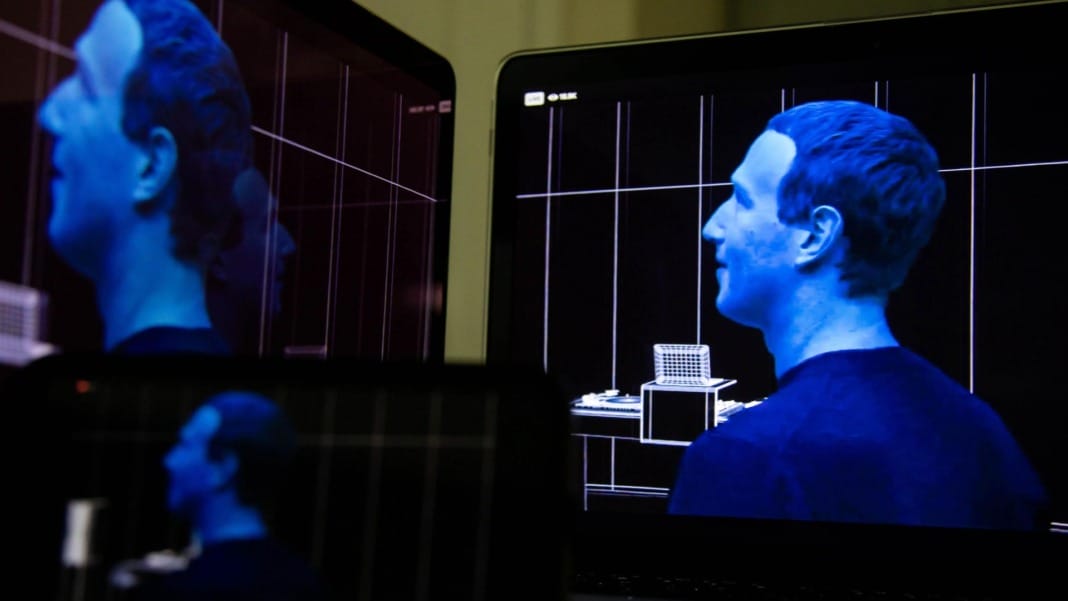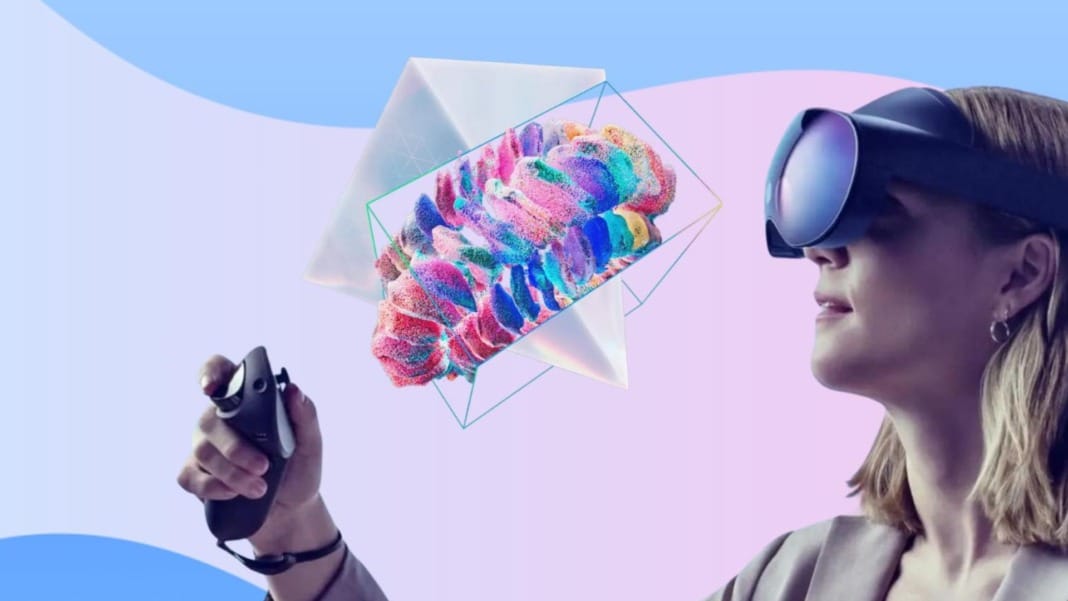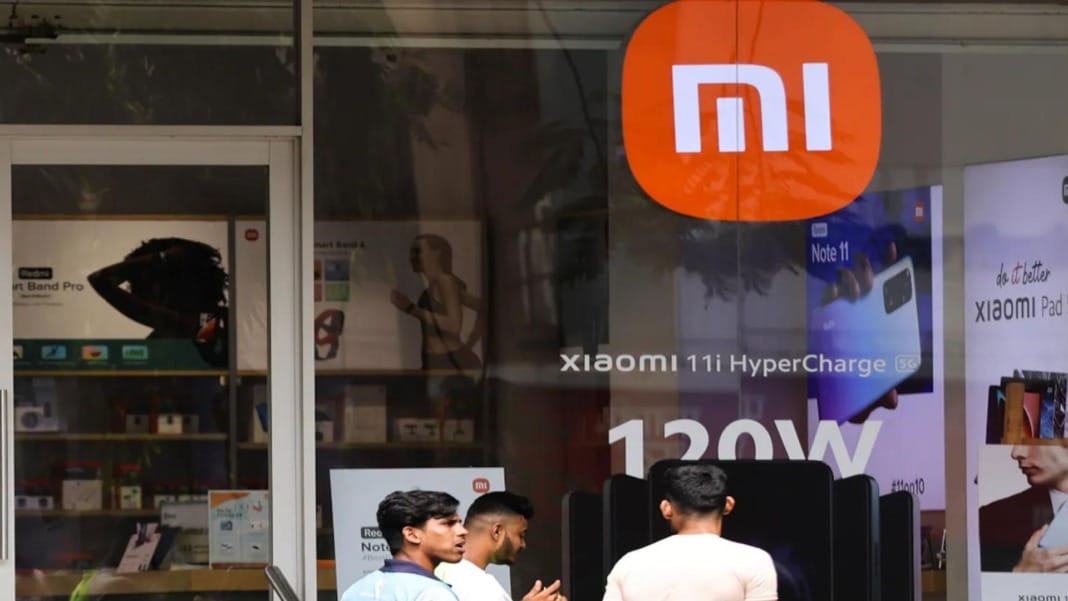Just a few months ago, many believed AI hardware was the next big thing in tech. Excitement was high, driven by impressive demos and sleek designs. The Humane AI Pin and the Rabbit R1 led the charge, both promising a revolutionary future. However, neither lived up to the hype.
This isn’t new in the gadget world. Over a decade ago, smart glasses and augmented reality (AR) headsets had their own hype cycle. Google Glass, for instance, famously promised to blend reality with useful information. Since then, devices like Magic Leap, Microsoft’s HoloLens, Apple’s Vision Pro, and even the latest Snapchat Spectacles have tried to reignite this vision. But so far, none have gained real commercial traction.
Surprisingly, today’s best hope for an AI wearable lies in something familiar: a pair of smart glasses, specifically Meta’s Ray-Ban smart glasses.
A surprise success
Nobody expected Meta’s smart glasses to be a hit, especially after the flop of their first iteration, the Ray-Ban Stories. The initial model failed to make an impact, and there wasn’t much innovation. Before Meta’s attempt, Bose had already experimented with audio sunglasses, only to close that venture down. Snap also tried introducing glasses that captured short videos for social media, but this idea didn’t quite take off. On paper, there was no strong reason why Meta’s Ray-Ban smart glasses would fare any better.
Yet, against all odds, they have succeeded and exceeded Meta’s expectations.
One key reason for this success is that Meta finally got the design and functionality right. Unlike their previous versions, these smart glasses come in various styles and colours. The result? You’re much more likely to find a pair that suits your style. Meta realised that consumers don’t want to look like they’ve stepped out of a sci-fi movie; they want to look fabulous in today’s world.
At US$299, they are not exactly cheap, but they are far more affordable than the US$3,500 Apple Vision Pro or the US$699 Humane Pin. The sound quality is excellent, and phone calls are crystal clear, thanks to a cleverly placed microphone in the nose bridge. Unlike previous versions, the Ray-Ban Meta smart glasses deliver video and photo quality decent enough to share on social media without hesitation. This is a major plus for content creators on platforms like Instagram and TikTok.
Built for everyday use

These glasses are ready for the present. You won’t have to wait for future software updates or for it to solve a problem you didn’t know you had. That makes these glasses stand out — they fit into your life.
Crucially, AI is already a feature of the glasses, but it isn’t the main selling point. You can ask the AI to identify objects, tell you more about a landmark, or even write an Instagram caption. You can also use the glasses for video calls, where your friend can see what you see in real time. These practical uses make sense for how you would naturally use such a device.
However, some features are still clunky. For example, the AI struggles to write a decent Instagram caption and often struggles to hear commands in noisy environments. Despite these flaws, the Ray-Ban Meta glasses still work well. Unlike the Rabbit R1, they don’t overheat, and there’s no noticeable lag because the device offloads processing to your phone. Most importantly, the glasses perform other tasks well if the AI features fail.
What’s next for Meta?
The Ray-Ban Meta smart glasses are good enough for now, but Meta is under pressure to deliver even more. The company is betting that if consumers embrace these simpler smart glasses, they’ll eventually be ready for more advanced AI and AR technology.
Meta has already nailed the first part of this challenge, but AI must improve significantly to succeed in the long term. It must move beyond being a fun gadget to something people can’t live without. People should feel like their lives are genuinely easier with smart glasses rather than seeing them as a novelty. Currently, most AI features in the Meta glasses are interesting but somewhat gimmicky.
That’s a tall order, but Meta is well-positioned to lead this race. With its partnership with EssilorLuxottica, Meta’s smart glasses collaboration is secured until at least 2030. Now that they have a solid design foundation, improvements like longer battery life and lighter frames are within reach. The only question is whether Meta can deliver on the AI side.
Next week, Meta will have the perfect stage to show its progress at the Meta Connect event. This moment is crucial, especially as rivals like Humane and Rabbit face increasing scrutiny. Humane’s sales are slowing, and some have criticised Rabbit as a scam. Meanwhile, Apple’s AI-driven ‘supercycle’ with the iPhone 16 is still in the air. A win for Meta could solidify its position as an AI hardware leader and keep the dream of AI wearables alive.





